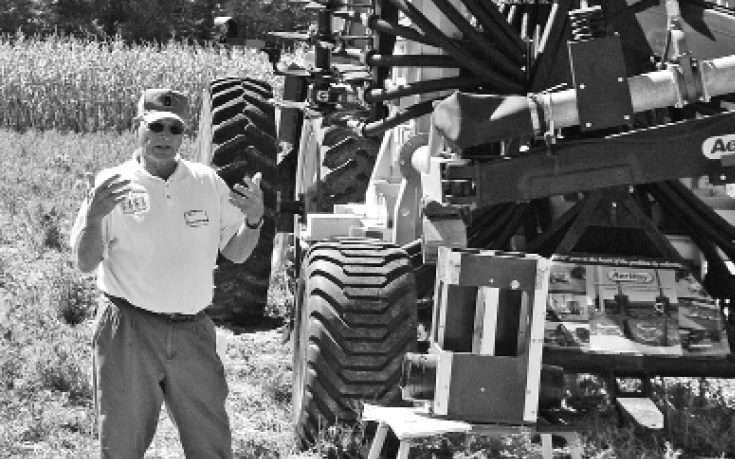No-Till Farmer
Get full access NOW to the most comprehensive, powerful and easy-to-use online resource for no-tillage practices. Just one good idea will pay for your subscription hundreds of times over.

No tillers have many cover-crop options that can improve soil tilth, warm up temperatures at planting time, manage pest problems and much more, according to experts who spoke to about 100 no-tillers attending the Ohio No-Till Council’s field day earlier this fall.
Jim Hoorman, Ohio State University’s Mercer County Extension educator, says buckwheat is good at breaking up soil compaction. He noted the many other benefits of cover crops. “The soil temperature will be 4 to 5 degrees warmer when we plant corn next to oilseed radishes. That improves consistent germination,” he says.
Hoorman likes drilling cereal rye before soybeans because the cover crop’s fibrous root system breaks up horizontal compaction in the soil.
“Cereal rye will also kick the heck out of soybean cyst nematodes,” he says. “The tillage radish, with its long taproot, helps break up vertical compaction in the soil. Tillage radishes dry out the soil and help no-tillers combat phytophthora, pythium and rhizoctonia root rot. Cereal rye will dry out the soil 7 to 10 days earlier than regular no-till or conventional fields.”
While annual ryegrass, cereal rye, oilseed radishes and tillage radishes garner a great deal of attention, Hoorman says other cover crops offer benefits to no-tillers, too. “With cowpeas or Austrian winter peas, we get as much as 150 pounds of nitrogen per acre,” he says. “That comes from seeding 15 to 30 pounds of Austrian winter peas per acre in the fall, or seeding 40 to 50 pounds of cowpeas in…